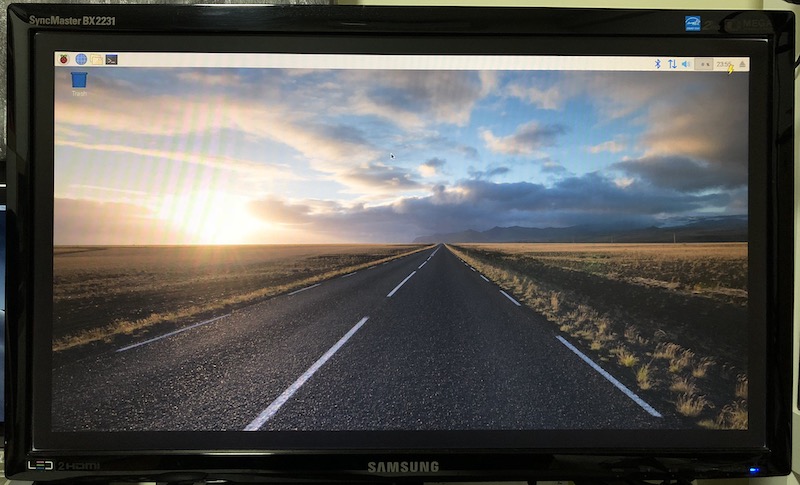Different ways to enable SSH server on Raspbian Stretch
When you have an SSH server running on your operating system, you will be able configure it remotely. Since the SSH server is such a convenient tool, Raspbian Stretch comes with an SSH server.
When you are looking for a way to configure your Raspberry Pi without attaching a keyboard to it, enabling SSH server on Raspbian Stretch is a viable way.
Given that, this post discusses some ways for us to enable SSH server on Raspbian Stretch.


Follow us